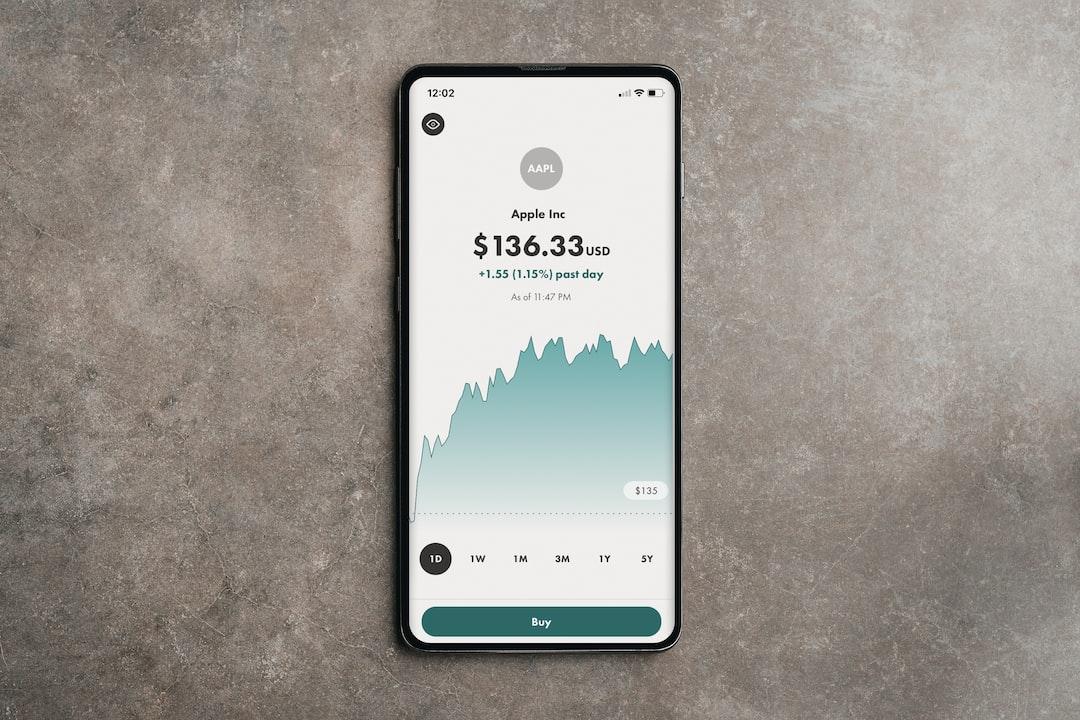Market expectations for the Federal Reserve’s interest rate cuts this year have significantly decreased, causing US bond prices to plummet to a six-month low. UBS analysts have warned that if the US economy continues to grow strongly and inflation remains stubborn, the Federal Reserve may resume raising interest rates next year, with rates potentially reaching as high as 6.5%.
Last week, the US released its March Consumer Price Index (CPI), which showed a year-on-year increase of 3.5%, surpassing expectations. Retail sales figures for March, released on the 15th, also showed a growth of 0.7% compared to February, exceeding market expectations.
Driven by a strong economy, sustained fiscal spending, and persistent inflationary pressures, the yield on US 10-year Treasury bonds soared to 4.63%, reaching a new high since mid-November last year. At the same time, US bond ETFs experienced significant declines. iShares 7-10 Year Treasury Bond ETF fell to its lowest level since November 13, 2023, dropping 5.6% from its peak in February 2024. iShares 20+ Year Treasury Bond ETF has dropped over 11% from its peak in January.
UBS expressed concerns about the Federal Reserve continuing to raise interest rates. Currently, the Federal Reserve’s interest rates are maintained at a high level of 5.25% to 5.5%. Initially, the market expected the Federal Reserve to cut interest rates in June and three times throughout the year. However, confidence in this expectation has been significantly undermined.
UBS strategists have warned that the data, instead of supporting expectations for interest rate cuts, has increased the possibility of interest rate hikes by the Federal Reserve, with rates potentially reaching as high as 6.5% next year. UBS initially predicted two interest rate cuts by the Federal Reserve this year. However, they now believe that the possibility of inflation not reaching the Federal Reserve’s target has become increasingly likely, which would prompt the Federal Reserve to raise interest rates again and trigger significant sell-offs in the stock and bond markets. UBS has revised down its expectations for interest rate cuts by the Federal Reserve this year from 275 basis points to only 50 basis points. They warned that if the economy does not slow down, further interest rate hikes could flatten the US Treasury yield curve and cause a sharp decline of 10% to 15% in the stock market.
Meanwhile, according to The Wall Street Journal, the US recently auctioned $39 billion of 10-year Treasury notes, but the demand was weak. Last week’s higher-than-expected inflation data has caused significant selling pressure in the bond market over the past week, and the results of the auction for 3-year and 30-year Treasury notes reflect limited interest from investors. The US government is set to auction $386 billion worth of bonds in May. Analysts are concerned that the oversupply of US bonds will impact other parts of the financial market, increase the government’s borrowing costs, and harm the economy.
Since the outbreak of the pandemic, the issuance of US bonds has exploded. In the first three months of this year, the US sold $7.2 trillion worth of bonds, setting a new record high for a single quarter. According to the Congressional Budget Office, the amount of bond issuance over the next decade is projected to increase from $28 trillion to $48 trillion, far exceeding the $13 trillion of a decade ago.


